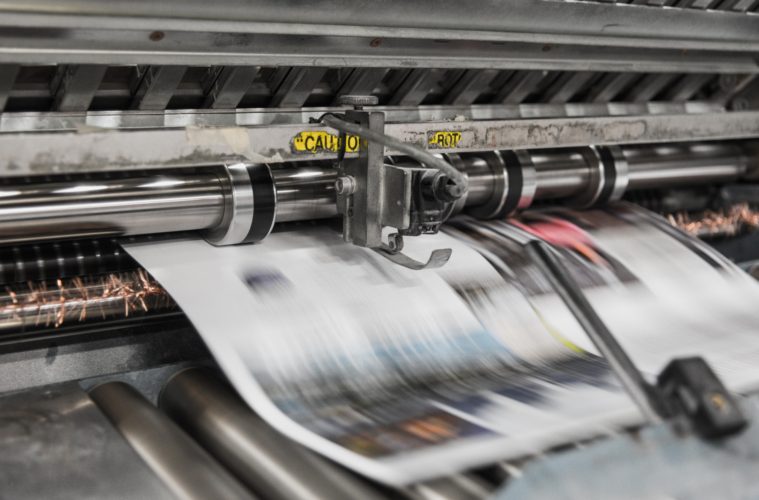Starting a clothing company is an exciting journey. You can finally put those creative visions into reality, and become the creative you’d always dreamed you could become. Creativity aside, as a new company, you’ll also want to choose the most practical and economically accessible solutions to the production process that you can.
One of the issues you’ll have to tackle is how you procure your sewing pattern printing. Here, we speak to the PlanPrinting24 team to look at some common ways of getting patterns, from printing them at home to getting them professionally printed.
What is a sewing pattern?
Sewing patterns are essentially practical guides on how to make a specific piece of clothing. They’ll include separate panels which, when printed and cut out, you can pin onto a piece of fabric to cut out the different necessary shapes.
Sewing patterns also tend to include information on how to sew the panels together, and how to optimise the seams between each piece. They should also include information on how to make the clothes fit a wide variety of different sizes, so you can custom make them so they fit whichever person you choose.
PDF sewing patterns
The most common way of gaining access to sewing patterns is with PDF patterns. They can be bought online and accessed from anywhere with an internet connection, no matter where you are in the world. This makes clothes making incredibly accessible – you don’t need to be near a big city with clothes making shops, just somewhere with WIFI or good phone signal.
How do you print PDF sewing patterns?
While it’s very easy to buy PDF sewing patterns, it’s slightly harder to print them. As they’ll generally be much larger than the standard maximum size of a home printer – generally A4 – you’ll need to use some tricks to make it work.
Printing at home
One way of doing it is to print your patterns at home, on a domestic printer. This will generally mean printing in A4 or US letter, on multiple sheets which you can then stick together to make the whole pattern. If you choose to do it this way, you’ll want to make sure that you set the printer settings to print using custom scale, set to 100%, so that the pattern is printed at the actual intended size.
Professional printing
If you don’t fancy going through all the hassle of sticking the different sheets together, then you might want to get your pattern professionally printed – generally in A0. You can also take a mixed approach.
It might be the case that you’re prepared to assemble a pattern from 6 A4 sheets or so, but if you have a massive pattern that would require fixing 20 or more sheets together, you can go the professional route.
Either way, PDF pattern printing has revolutionised the clothes making process, making it more accessible and fun in the process.




